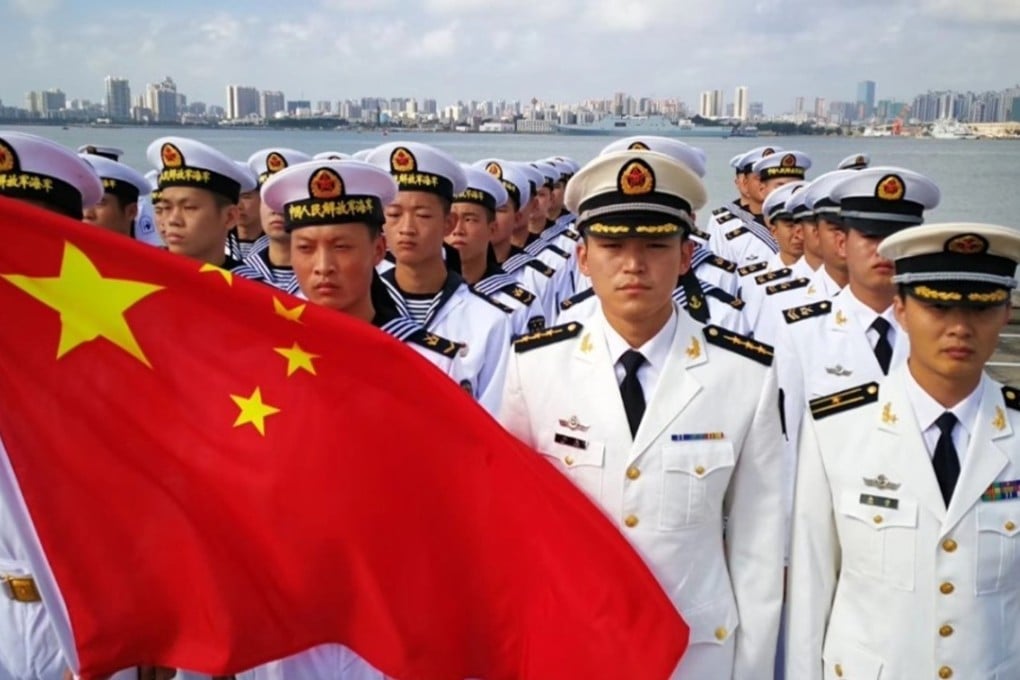Advertisement
Opinion | China needs its neighbours as US threatens a new cold war
- Just like when it suffered diplomatic isolation after the 1989 crackdown, China will need its Asian neighbours to weather growing tensions with Trump’s America
Reading Time:3 minutes
Why you can trust SCMP

The upcoming Asean-oriented summits in Singapore will bring both opportunities and risks to China’s diplomacy. Chinese Premier Li Keqiang can use the occasions to woo support from Asian countries as a countermeasure against US pressures from the “trade war”. However, China might face some diplomatic setbacks over the South China Sea as well as infrastructure investments in the region.
China needs its neighbours to avoid a new cold war.
After the 1989 Tiananmen incident, the West led by the United States imposed economic sanctions against China. Beijing experienced diplomatic isolation in the international community for more than a year. It broke this diplomatic blockade by improving relations with Southeast Asian countries. In August 1990, China resumed its suspended diplomatic relationship with Indonesia. In October of the same year, China established diplomatic ties with Singapore. Japan was the first major economy to lift economic sanctions against China. To a considerable extent, it is Asian countries that helped China weather Western sanctions some 30 years ago.
Advertisement
This time, the conundrum China faces is seemingly different, but also quite similar. The escalating trade war between the US and China could be the start of a new cold war between the countries.
China may encounter a new type of diplomatic isolation, because the US has added some ideological flavour to its strategic competition with Beijing as seen from Donald Trump’s UN speech as well as Mike Pence’s talk at the Hudson Institute.
Advertisement

To avoid a possible cold war with the US, China will need a hand from its Asian neighbours just like 30 years ago. Premier Li Keqiang will attend three summits in Singapore: the Asean plus China, the Asean Plus Three (China, Japan, and South Korea), and the East Asia Summit. It is time for Li to convince other Asian leaders that a new cold war is not in Asia’s interest.
Advertisement
Select Voice
Choose your listening speed
Get through articles 2x faster
1.25x
250 WPM
Slow
Average
Fast
1.25x
